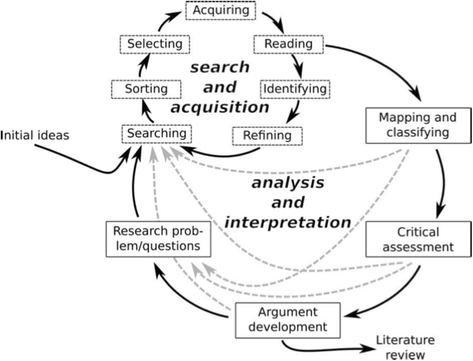Understanding heart failure; explaining telehealth - a hermeneutic systematic review
- PMID: 28615004
- PMCID: PMC5471857
- DOI: 10.1186/s12872-017-0594-2
Understanding heart failure; explaining telehealth - a hermeneutic systematic review
Abstract
Background: Enthusiasts for telehealth extol its potential for supporting heart failure management. But randomised trials have been slow to recruit and produced conflicting findings; real-world roll-out has been slow. We sought to inform policy by making sense of a complex literature on heart failure and its remote management.
Methods: Through database searching and citation tracking, we identified 7 systematic reviews of systematic reviews, 32 systematic reviews (including 17 meta-analyses and 8 qualitative reviews); six mega-trials and over 60 additional relevant empirical studies and commentaries. We synthesised these using Boell's hermeneutic methodology for systematic review, which emphasises the quest for understanding.
Results: Heart failure is a complex and serious condition with frequent co-morbidity and diverse manifestations including severe tiredness. Patients are often frightened, bewildered, socially isolated and variably able to self-manage. Remote monitoring technologies are many and varied; they create new forms of knowledge and new possibilities for care but require fundamental changes to clinical roles and service models and place substantial burdens on patients, carers and staff. The policy innovation of remote biomarker monitoring enabling timely adjustment of medication, mediated by "activated" patients, is based on a modernist vision of efficient, rational, technology-mediated and guideline-driven ("cold") care. It contrasts with relationship-based ("warm") care valued by some clinicians and by patients who are older, sicker and less technically savvy. Limited uptake of telehealth can be analysed in terms of key tensions: between tidy, "textbook" heart failure and the reality of multiple comorbidities; between basic and intensive telehealth; between activated, well-supported patients and vulnerable, unsupported ones; between "cold" and "warm" telehealth; and between fixed and agile care programmes.
Conclusion: The limited adoption of telehealth for heart failure has complex clinical, professional and institutional causes, which are unlikely to be elucidated by adding more randomised trials of technology-on versus technology-off to an already-crowded literature. An alternative approach is proposed, based on naturalistic study designs, application of social and organisational theory, and co-design of new service models based on socio-technical principles. Conventional systematic reviews (whose goal is synthesising data) can be usefully supplemented by hermeneutic reviews (whose goal is deepening understanding).
Keywords: Heart failure; Hermeneutic review; Patient experience; Systematic review; Telehealth.
Figures
References
-
- Stroetmann KA, Kubitschke L, Robinson S, Stroetmann V, Cullen K, McDaid D. How can telehealth help in the provision of integrated care? Copenhagen: World Health Organization; 2010.
-
- Di Lenarda A, Casolo G, Gulizia MM, Aspromonte N, Scalvini S, Mortara A, Alunni G, Ricci RP, Mantovan R, Russo G, et al. ANMCO/SIC/SIT Consensus document: The future of telemedicine in heart failure. G Ital Cardiol. 2016;17(6):491–507. - PubMed
-
- European Commission: eHealth action plan 2012-2020 – innovative healthcare for the 21st century. Communication from the Commission of the European Parliament, the council, the European economic and social committee, and the Committee of the Regions. Brussels, 6 December 2012. Brussels: European Commission; 2012. http://www.ec.europa.eu/information_society/newsroom/cf/dae/document.cfm.... Accessed 7 Dec 2016.
Publication types
MeSH terms
Grants and funding
LinkOut - more resources
Full Text Sources
Other Literature Sources
Medical



